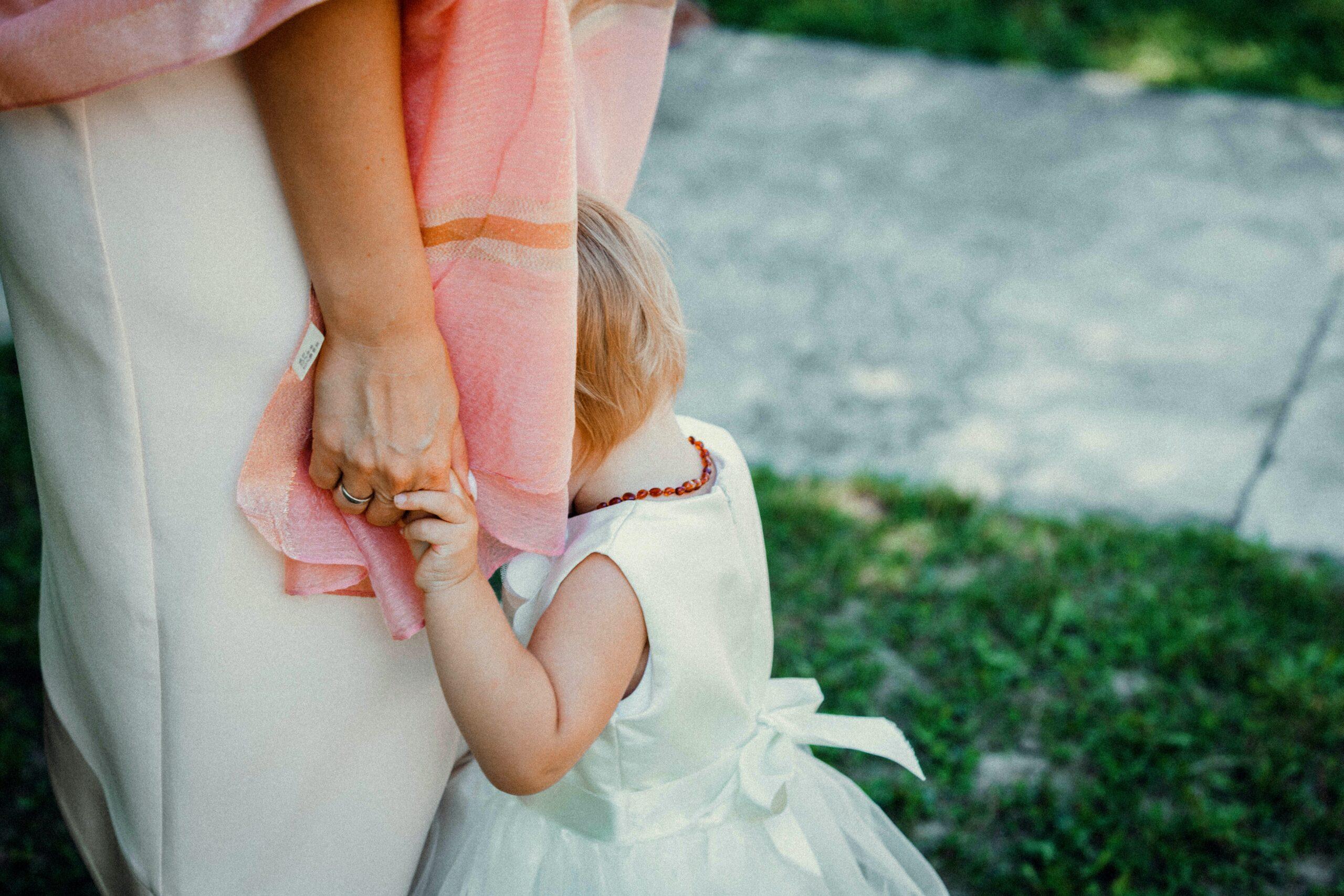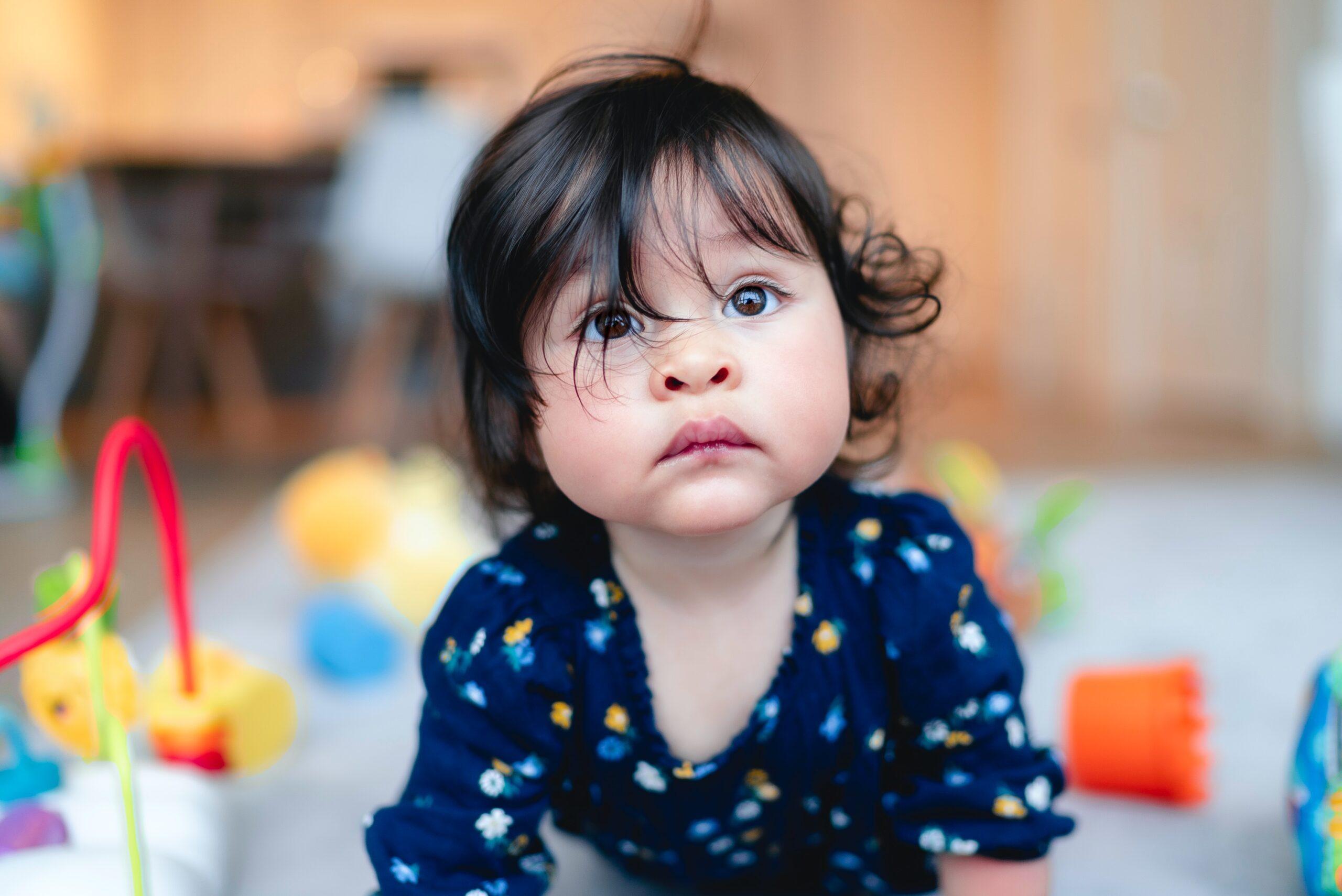Most of us know what it’s like to feel shy. In fact, studies by psychologist Philip Zimbardo and his colleagues at Stanford University have found that four out of five people report being shy in certain situations, or during particular periods in their lives. Is a bit of shyness a problem?
Probably not. Many children feel shy from time to time. Shyness is only a problem when it is severe and when it negatively affects a person’s day-to-day functioning. About seven percent of people in the general population report shyness that is extreme enough to meet criteria for what mental health professionals refer to as social anxiety disorder or social phobia, that is— shyness that causes significant distress or impairment.
So, how do you know if shyness is a problem for your child?
Signs To Look For
- Excessive anxiety around other people (particularly other children) that persists for more than six months (it is normal for children to have briefer periods of excessive shyness).
- Extreme fear of looking bad in front of others, making a negative impression or of being teased.
- A fear of going to school, speaking in front of others, playing with other children and engaging in other forms of social interaction. In some cases, shy children may completely refuse to go to school.
- Frequent reports of physical discomfort (e.g., stomach aches) upon exposure to social situations.
- Difficulty making eye contact with other children.
- In some children, extreme shyness may lead to selective mutism, a problem in which a child fails to speak in particular situations (for example, at school), despite being able to speak in other situations.
What Causes Shyness?
The exact causes of shyness are not well understood. Like other personality traits, shyness seems to be partly based on genetics. It runs in families, and heredity appears to play a role. In addition, children who are shy often begin as infants who are behaviorally-inhibited. In other words, compared to less inhibited infants, they find new or stressful situations more challenging and frightening. A behaviorally-inhibited temperament in infancy may increase the risk of developing problems with shyness later on.
Learning may also play a role. Shy adults are more likely than others to recall during childhood that their parents were more critical, had unrealistically high standards and placed a high value on impressions made when interacting with others. In addition, shy adults are more likely than non-anxious adults to report a history of being teased as a child. Perhaps negative behaviors from others (e.g., parents, other children) toward a particular child contribute to the development of shyness. In addition, it is possible that for some children, shyness is learned in part by growing up with others who are themselves shy.
Overall, it seems clear that shyness is not caused by any one factor. Different children probably develop problems with shyness for different reasons or a combination of reasons. Also, experiences that lead to shyness for one child may have very different effects on another.
Strategies for Coping with Shyness
For most cases of shyness, three main strategies are likely to be useful:
- exposure to feared situations.
- cognitive coping strategies.
- social skills training.
Exposure
Exposure involves gradually confronting feared situations until they are no longer frightening. Examples of exposure practices include:
- Having a sleepover with a friend from school.
- Playing outside with other neighborhood children.
- Sitting in the front of the class instead of in the back.
- Volunteering to answer questions in class.
- Joining a club after school.
Exposure practices are often very anxiety provoking at first, so children may be reluctant to try them (after all, who doesn’t prefer to avoid the situations that make them anxious?). It is important for parents to be supportive and to reassure the child that his or her worry will gradually reduce. For many children, providing rewards (for example, a new toy or video, ice cream, dinner at a favorite restaurant, money) for successfully completed exposures is useful, especially at the beginning. Exposure works best when practices are prolonged (lasting long enough for the anxiety to decrease— for example, an hour or two), frequent (several times per week) and predictable.
Ideally, the child should know what is going to happen and should be in control of the situation. The child should be encouraged, but not forced, to confront feared social situations, starting with easier ones and working up to more difficult ones when ready. The child should also be taught that avoiding situations often makes the anxiety and worry worse in the long run.
Cognitive Coping Strategies
Cognitive coping strategies involve teaching a child to identify negative thoughts and predictions, and to replace them with more realistic predictions after considering the evidence concerning the belief. For example, a child who has the thought, “If I make a mistake, everyone will think I am stupid,” might be taught that everyone makes mistakes, and that it is okay to make mistakes (that’s how we learn). He might be encouraged to think of mistakes from the past, and whether they in fact led to others treating him differently.
Social Skills Training
Finally, social skills training involves teaching the child strategies for improving social and performance skills. Exercises may include helping the child to make better eye contact, to have a more confident body posture, or to use more appropriate language when talking to others. Rather than being critical when a child exhibits poor social skills, it is much better for parents to reward appropriate social skills with lots of attention and encouragement. The child also needs to understand that although changing certain behaviors may lead to better outcomes in social situations, it is not necessary to always make a perfect impression in every interaction.
Getting Help
In many cases, parents on their own may be able to help shy children to become more confident by encouraging the child to confront feared situations, change anxious thoughts, and improve social and communication skills. For more extreme shyness, help from a professional may be warranted. Professional help often relies on many of the same strategies described earlier. Also, it is possible that certain medications may help reduce social anxiety in some children.
If you are looking for help, a good place to start is with your family doctor. He or she may be able to recommend someone in your area who has experience in treating anxiety in children. For example, the Division of Child and Adolescent Psychiatry at Columbia University and New York State Psychiatric Institute provides services for socially anxious children. In addition, the Anxiety Disorders Association of America is a good source of referrals.




